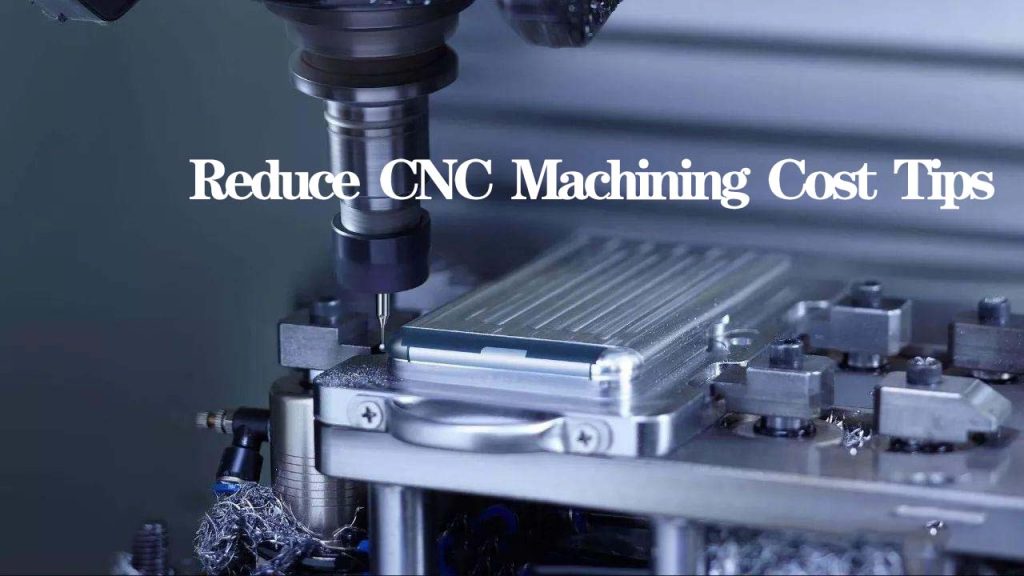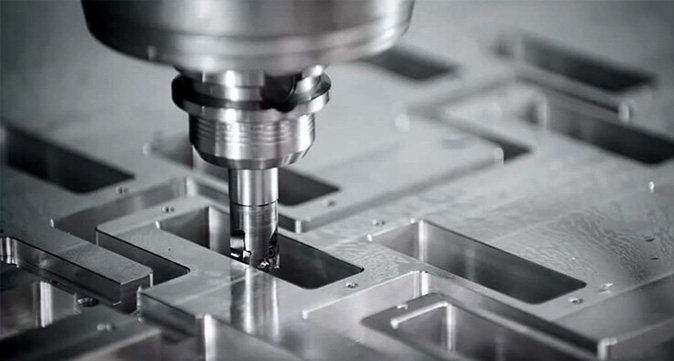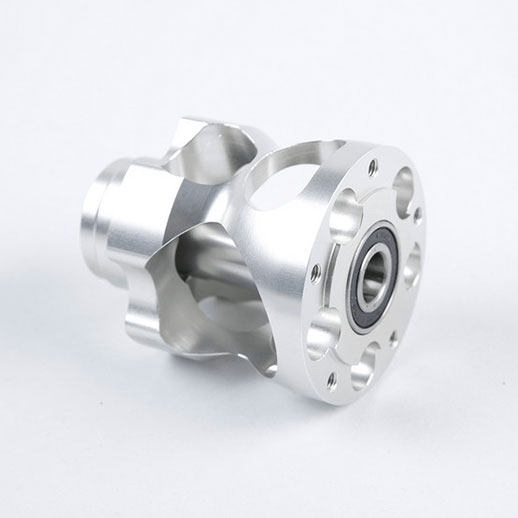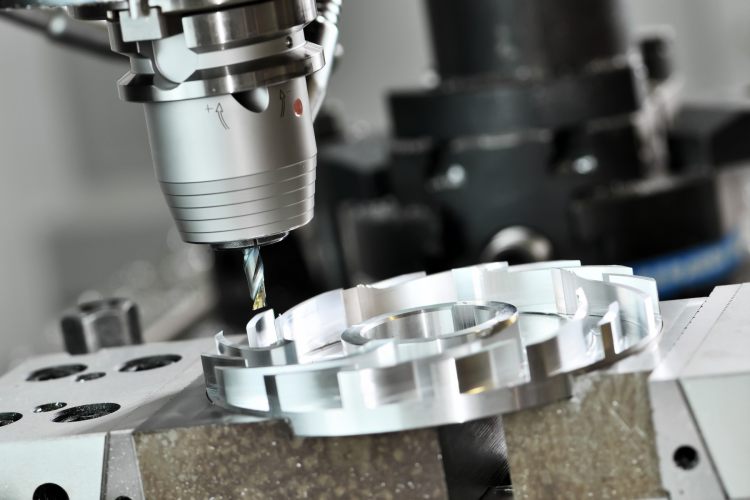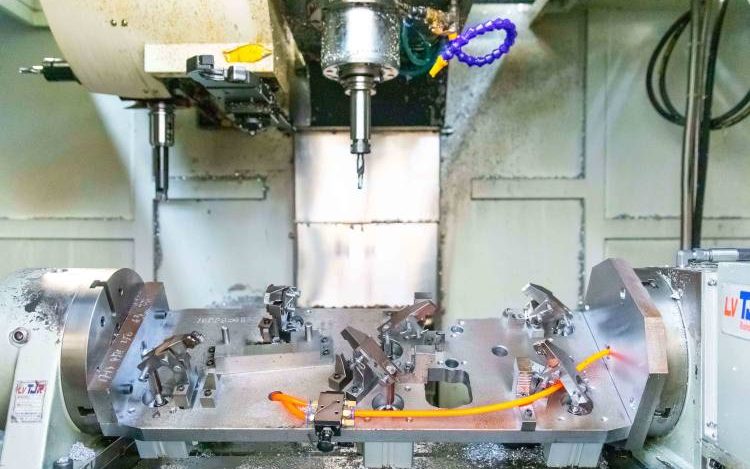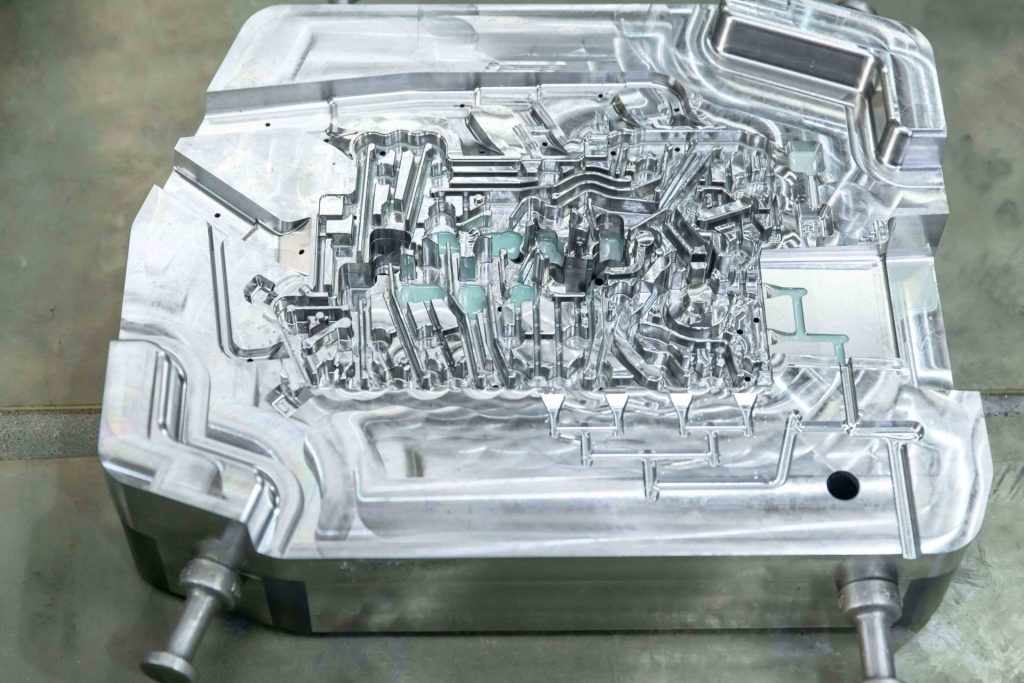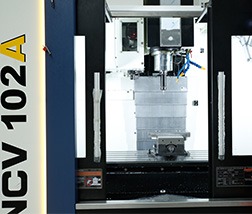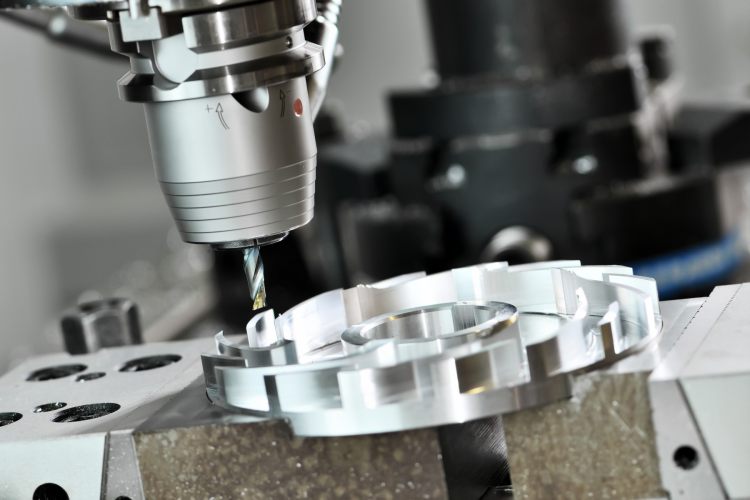This article will discuss the current development trend of Numerical Control technology and CNC machine tools.
The Development Direction of Numerical Control Technology
1. High Speed and High Precision
Speed, precision, and efficiency are the key indicators of modern machinery manufacturing technology. High-speed, high-precision machining technology can improve production efficiency and product quality.
High speed can greatly improve production efficiency and shorten the production cycle of products. High precision can improve the quality of products and improve the market competitiveness of products. High-speed machining technology and high-precision machining technology complement each other.
In the automobile manufacturing industry and the aerospace parts manufacturing industry, numerical control technology can meet the needs of precision and flexible machining of parts. With the continuous development of science and technology, the use of high-speed CPU chips, multi-CPU control systems, and effective measures to improve the dynamic and static characteristics of machine tools, in the application of today’s numerical control technology, ultra-high precision can reach nanometer level.
2. Intelligent, Open, and Networked
The intelligence of numerical control technology is mainly reflected in the intelligence of production and processing. Automatic production and processing can be carried out through numerical control technology, which can reduce failures due to human errors. It is also possible to carry out relevant intelligent diagnoses and intelligent monitoring through certain programming.
In the field of numerical control technology, the research and application of real-time intelligent control are developing along several main branches: adaptive control, expert control, learning control, feedforward control, etc.
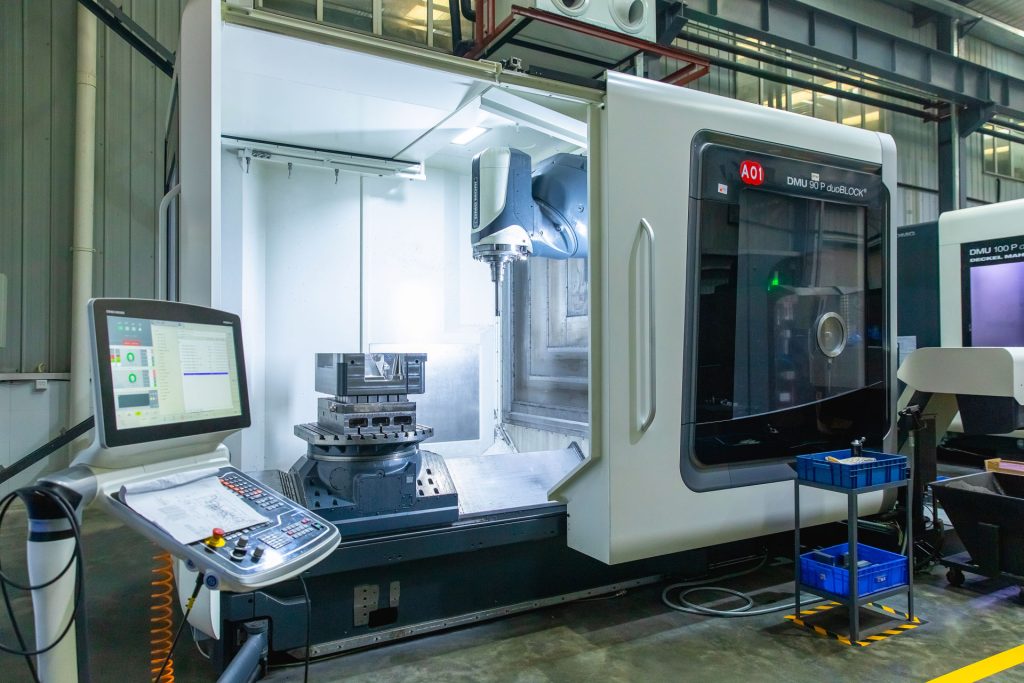
The Development Direction of CNC Machine Tools
1. Pursuit of High-speed and High-precision Control
The application and development of CNC machine tools have put forward higher requirements for the CNC system. Among them, high-speed and high-precision motion control has become the key technology of modern CNC systems, which meets the requirements of modern aviation, automobile, and mold manufacturing industries for the continuous improvement of parts shape, machining accuracy, surface quality, and machining efficiency. High-speed and high-precision CNC machining has become the mainstream cutting method.
With the rapid development of electronic technology, integrated standardized modules such as high-performance CPU and memory are adopted to ensure the high-speed, high-precision, and high-efficiency of the machine tool.
2. Flexibility
Flexibility includes two aspects: CNC system and its own flexibility. The CNC system adopts a modular design, which has a large function coverage, which is convenient to meet the needs of different users.
The flexibility of the group control system, the same group control system can automatically adjust the material flow and information flow dynamically according to the requirements of different production processes, so as to maximize the effectiveness of the group control system. Both of these aspects can reduce production costs and greatly improve the processing efficiency of products.
3. Process Compounding and Multi-axis
The composite machining with the main purpose of reducing the process and auxiliary time is developing in the direction of multi-axis and multi-series control functions. The composite process of CNC machine tools refers to the completion of multi-process and multi-surface composite machining through various measures such as automatic tool change, rotation of the spindle head, or turntable after the workpiece is clamped once on a machine tool.
4. Intelligent, Digital, and Networked
Since most of the software in the CNC system is embedded software, it is closely related to the hardware and runs in a specific hardware environment. The performance, intelligence level, and reliability of the entire CNC system are determined by the hardware environment and software. Therefore, better development and improvement of software performance is an important link to improving the quality of CNC machine tools.
5. Scientific Computing Visualization
Scientific computing visualization can be used to efficiently process and interpret data, so that information exchange is no longer limited to words and language expressions, but can directly use visual information such as graphics, images, and animations. The combination of visualization technology and virtual technology can be applied to drawing design, virtual prototype technology, etc. This is of great significance for shortening the product design cycle and reducing product costs.
6. Environmental Protection and Energy Saving
With the strengthening of people’s awareness of environmental protection, the requirements for environmental protection are getting higher and higher. It is not only required that no pollution to the environment is produced during the manufacturing process of the machine tool, but also that no secondary pollution will be produced during the use of the machine tool. The CNC industry is also developing in a more efficient and environmentally friendly direction. Through optimization and integration of numerical control technology, green manufacturing processes are applied to the production process to form a new generation of products.
The production efficiency and production quality of CNC machine tools have been gradually improved, and more complicated steps and finer and more complex mechanical components can be produced. In the future, we will continue to improve the shortcomings of CNC machine tools and continue to innovate.
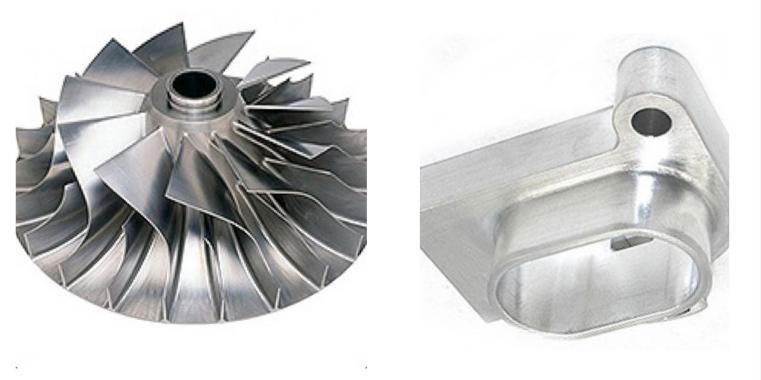
JTR not only focuses on providing high-quality CNC machining services but also always pays attention to the development and progress of the industry. We are committed to providing customers with more cost-effective services compared with our peers, and we also hope to do our part for the progress and development of the industry.


